By WISE Young Professionals’ Board member, Abigail Seager, BBC, Senior
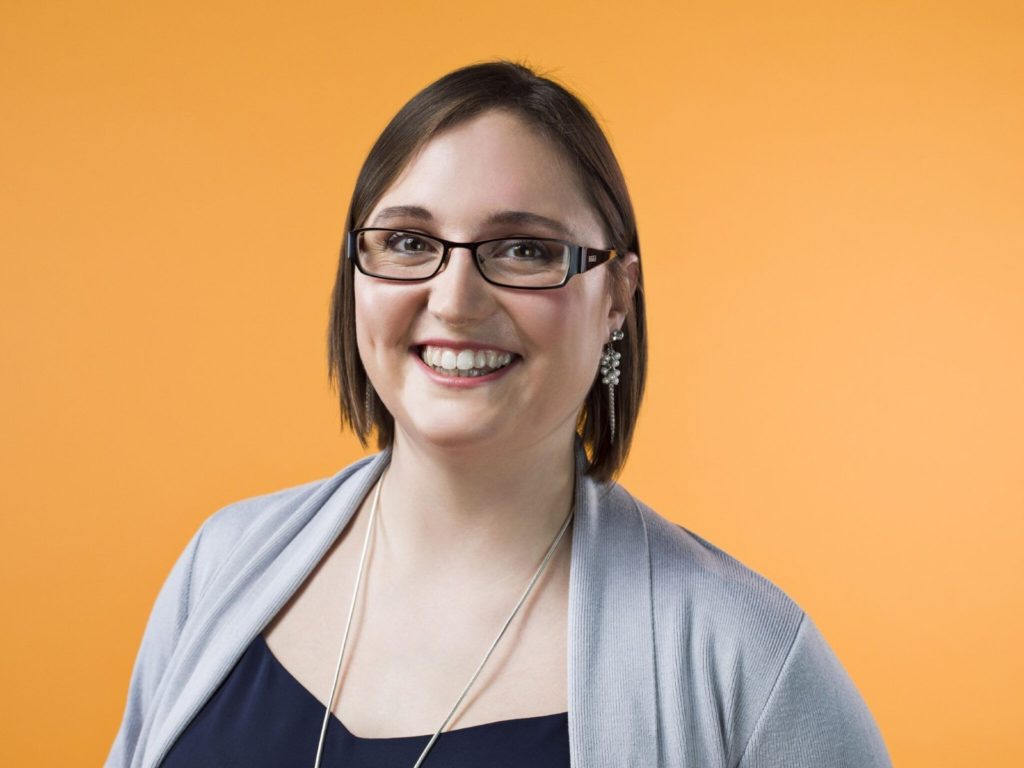
Systems Engineer with writing and editorial help from Vicky Jewell.
What do you want to be when you grow up? If you’d have asked me that when I was little – or even not so little and writing my university application to study Physics – I would have said to become an astronaut. I’ve been enthralled by the concept of human space travel since I was old enough to comprehend the enormity of human beings standing on the moon, and I’m both captivated by the history of space exploration and inspired by the strength of the women who carve a pathway for female scientists, engineers and experts in the space industry.
Recently, I had the opportunity to reach out to some of the female experts at NASA, to get their thoughts on the paths that they took as a woman in a STEM field, and as you might imagine, I was pretty star-struck!
In this article, I’ll be sharing some of their stories about how they made it into the Space sector, charting their paths to their varied roles, and passing on their helpful tips about how we can bring the next generation of female space pioneers to the stars. I’ll also be navigating their thoughts on diversity within their industry, and discussing how progress is still being made in the ultimate field of exploration to make sure that a representative footprint of human society will be left on the next moonwalks. Finally, I’ll be exploring how female representation in the space industry can truly be, as the NASA motto says, for the benefit of all.
For now, let’s meet some of these experts.
The Female Voices of some of NASA’s industry specialists
The sheer breadth and variety of the work at NASA is astounding. From durability advice and materials testing, to engineering lunar excavation tools and figuring out how to grow real food in Space. Put a face and name to some of the women on the fore-front of the Space sector!
Click on each of the profiles in the top row of the slide show below to find out more!


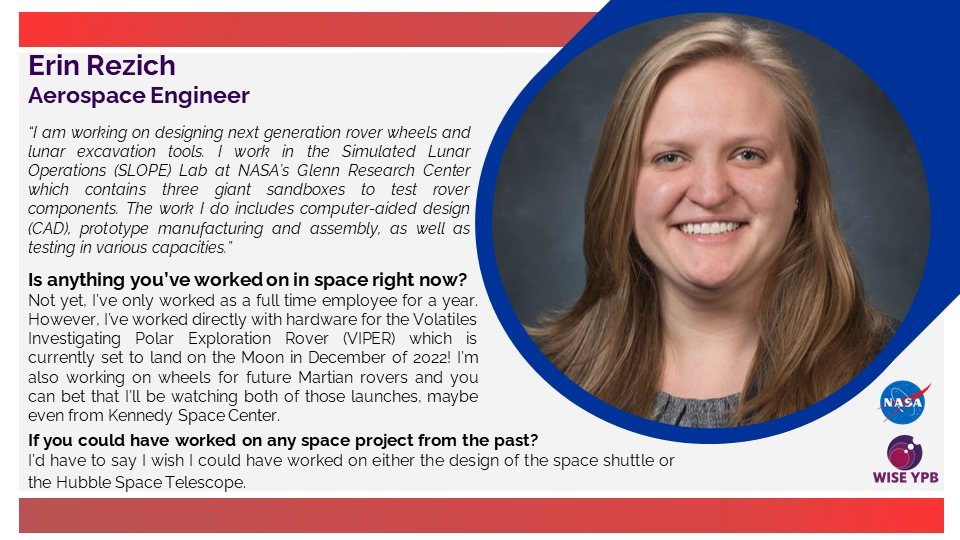
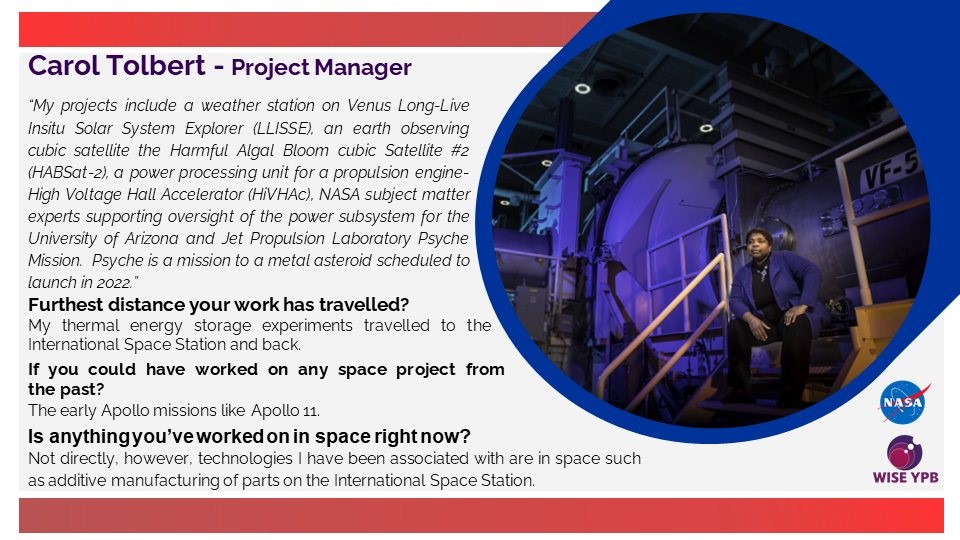


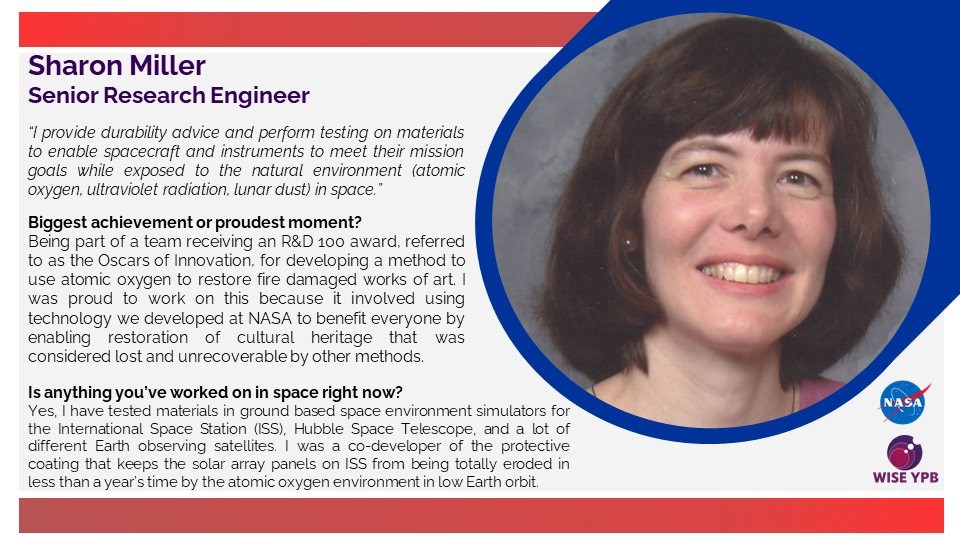
Star-charting: Routes & Tips to working in the Space Industry
“There are many routes that will help you achieve your dreams, just keep an eye on the destination”
Abigail Rodriguez-Mangual
The career journeys of those I spoke to are as varied and interesting as their current roles. While some knew relatively early in their careers what they would like to do, others just knew they were interested in maths or science. Carol started her career in the United States Air Force Academy in the fourth class of women and recalls “I only knew I would work in a science field; biology, chemistry or physics but I did not know any details”. She completed a bachelor’s degree in theoretical physics and worked on projects for the strategic defense initiative program developing a sophisticated anti-ballistic missile system, before joining NASA. Carol said, “I think knowing and understanding the importance of internships would have been very helpful”. Internships (more often called work experience or industry placements in the UK) feature in a number of these women’s career stories along with stories of great teachers who inspired STEM careers.
Sometimes, it is the most unlikely inspirations that can lead you down the path to your future career. Gioia told me how her interest in horses led her to take an agriculture class aged 12 and how the teacher took part in some training at Kennedy Space Center and returned with “hours and hours of video and all this information about the research going on for growing plants in space and so I was just completely captivated by this and that was really when I decided this was what I wanted to do”. Adabelle told me about a whole range of different projects that she’s worked on throughout her career, gaining experience in many different fields. She said, “I’ve never been afraid of trying and taking on challenges,” and recommended that women looking to build their repertoire should find ways to get hands on knowledge, beyond just the classroom and books. Nicole also recommended experience, saying that, “if you can find the opportunity to do some hands-on learning, do it!”
It can also be the work environment that can lead you down a path to success and you can be drawn to an organisation not only because of the work, but because of the people and culture too. Sharon told me, “people at NASA always talk about being part of the NASA family and it is really true. We work closely as a team, enjoy working together and support each other both in times of tragedy and triumph.”
Several of the experts I spoke to reminded me not to be afraid of an unsuccessful venture and try lots of new things – Erin advised to “say yes when opportunities present themselves, even if you’re unsure if you’d like it…you never know how directly a seemingly random or small opportunity can impact your future.” This was something that had directly happened to her, as she described how taking a research opportunity in tribology which wasn’t really what she was looking for at the time, later helped her secure a position at NASA’s Glenn Research Center. Gioia also agreed, encouraging young minds to try lots of different things – “stick to your guns, but also opportunities will come up throughout your life so don’t be so single-minded that you ignore other really exciting potential opportunities… force yourself out of your comfort zone!”
Abigail recounted a story of a job fair at her University where she was studying civil engineering. On approaching the NASA stand she was told that NASA doesn’t hire civil engineers – she applied for an internship at NASA anyway. And her ability to be bold and look past that obstacle landed her an internship and eventually a career at NASA.

Abigail Rodriguez-Mangual in 2016 receiving her Early Career’s Medal for significant performance during the first years of an individual’s career.
Resilience was a common theme in the advice proffered by those I spoke to – “Every outcome is a learning experience” says Adabelle “successful projects as well as the not so successful ones”. And Nicole reminds us “don’t be discouraged if you struggle a bit with a class or don’t get straight A’s”, Nicole herself found some theoretical classes tough and advises, “keep trying, ask your teacher questions and for clarification and keep working hard!”
Diversity in NASA
“Diversity is not just gender or race, but also cultural backgrounds, growing up experiences and lifestyles, personalities, different levels of work experience, different skill sets, age and much more”
Adabelle Narvaez Legeza
According to those I interviewed, gender diversity has come forward leaps and bounds at NASA. Adabelle and Sharon both remembered being the first woman in their team or area and Sharon recalled “the building that I was working in had no women’s restroom!” when she started working at NASA in the early 1980s. But over time, that’s changed. “By the late 1990s the group was closer to half women scientists and engineers” says Sharon. There were similar tales from other women in the group of the increasing numbers of females in STEM roles. “It is great to see!” says Adabelle.
But more than the improving gender balance, attitudes and culture seem to be very inclusive too. Gioia told me “I’m incredibly fortunate to work at an organisation where diversity is not just tolerated but prized”. “What we do is really hard and you can’t do hard things without taking views and opinions from a very wide group of people” says Gioia.

NASA engineers including the Glenn Research Center’s Adabelle Narvaez-Legeza, take part in a simulated countdown to prepare for the launch of Ares I-X. Kennedy Space Center, Fla. This is a view inside Hangar AE, where members of the launch support team, including NASA Glenn Research Center’s Adabelle Narvaez-Legeza, chief engineer for the upper stage project, will be spending the hours leading up to this morning’s scheduled launch.
Many of the women I talked to are involved in outreach. Abigail talked about the different events NASA hosts each year to promote STEM careers and Gioia talked passionately about her involvement with a research partnership with middle schools and high schools – Growing Beyond Earth. The schools receive plant growth chambers and encourage students to conduct real research. “They’re actually growing plants, they’re taking data. Their data all go into a giant database”. Gioia explained how a statistician then helps extract information from that data to get information about plant growth from all the different school environments where plants might be at different altitudes, in air conditioning, over-watered, under-watered and how that data helps decide if a plant might be a good candidate for growth in space. “We’re really involving students in conducting research for space. It’s really inspirational for them, it’s really valuable for the space research community because we have this army of researchers and the teachers benefit. It’s a win win win!”.
Though for lots of industries there is much to be overcome in the search for equality in the workplace, Erin reminds us to celebrate the successes along the way. “I’ve been in rooms full of interns and new hires at work that make me very hopeful for the future of diversity across all demographics at NASA. Issues like this don’t change in a day…although the road is long, I think it’s important to take note of the victories like a diverse group of new faces around the lab”. It is inspiring to hear the way these women can have the grace and foresight to strive for a better future despite the challenges they have faced to get where they are today.

Erin showing former United States Senator and Apollo 17 astronaut Dr. Harrison “Jack” Schmidt a vacuum chamber facility used to test hardware at certain lunar conditions.
Photo credit: Bridget Caswell
For the Benefit of All
For many of these women, they are now looking to the next step in our exploration of space. There is so much more to Space exploration than I’ve ever considered before and it’s incredibly exciting to think about the future of all these different projects and the incredible people who are making it happen. It is perhaps poignant, then, that the next series of NASA missions to the moon are named the Artemis program. Goddess of the moon herself, and twin to Apollo, Artemis is both a huntress of skill and strength, and a champion of women. These missions aim to create the first female footprints on the moon as well as those of men, marking a new era of crewed space flight.
It is also interesting to note, at least for myself, that even as a woman in a STEM role and as a writer of such an article as this, unconscious bias can creep in – when talking about potential crewed missions to the moon, or the plans SpaceX have for exploration on Mars, I automatically said ‘manned flight’, only to be gently corrected by Nicole! It’s important to notice these patterns in our language, in order to lift and promote the voices of female specialists on an equal footing to their male counterparts.
When I was talking with our specialists about their experiences, several expressed instances when they were afraid to use their voice. Perhaps the most relatable anecdote for me came from Gioia about when she first started at NASA and apologised to her boss for saying something she thought she shouldn’t have said in a meeting. Her boss replied: “We’ve learned through problems and challenges that we’ve had in the past that if you don’t let everyone have a voice, bad things happen…. Every voice is really welcomed.” And what a difference female voices in NASA can make.
Abigail noted how NASA contributions are present in our homes and cities, pointing out that NASA has contributed to technical advancements in weather predictions, safer runways and planes and advancements in medical fields. Gioia spoke of one of her proudest moments, as she went from growing the first lettuce in space to planting flowers in the White House Garden with Michelle Obama and local school children to promote healthy diets.
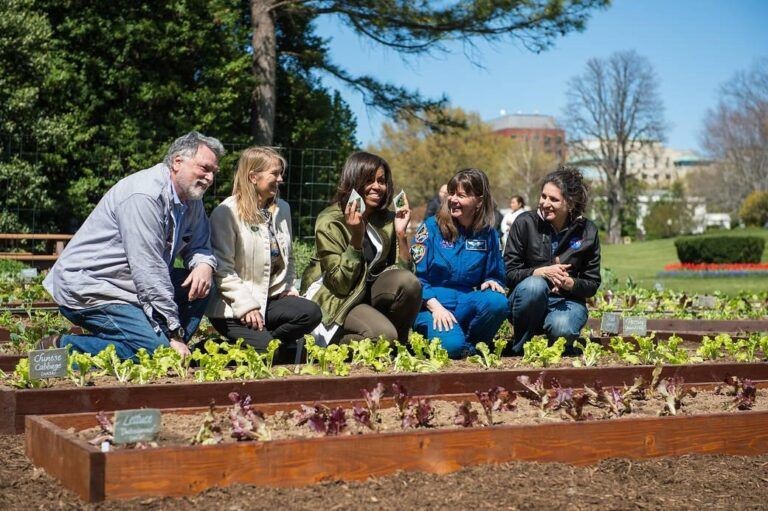
First Lady Michelle Obama holds up NASA Veggie stickers while posing with Brad Carpenter, NASA chief scientist, Space Life and Physical Sciences, left; NASA Deputy Administrator Dava Newman, second left; NASA astronaut Cady Coleman, second right; and Gioia Massa, science team lead, Veggie project, right; after planting the same variety of lettuce that was grown on the International Space Station in the White House Kitchen Garden on Tuesday, April 5, 2016 in Washington, DC.
Photo Credit: (NASA/Aubrey Gemignani)
Erin said “Working at NASA will obviously give me the resources to achieve my long time goal of sending hardware into space, but working for this agency is even more than that – it’s working for the agency that widened the scope of what’s possible in so many different areas of science for all humanity”. She also recalled the pride she felt when she spotted people in Scotland and Ireland wearing NASA shirts on her holidays – “There’s no better feeling than that!”.
Something that came through in all those I interviewed was a pride in being part of something as wide reaching as NASA. Sharon recalled one of her proudest moments at NASA being when her team received an R&D 100 award “referred to as the Oscars of innovation” for developing a way to restore fire damaged works of art. “I was proud to work on this technology because it involved using technology we developed at NASA to benefit everyone” she said.
By working hard with both men and women to improve diversity in our workplaces, and lift and support the voices of women in these industries, we can leave tangible footsteps – both on the moon and here on earth – to improve the lives of all around us. It’s why I’m so passionate about what I do. My career path may have taken a detour (at least for now) from my original goal to become an astronaut. But I strongly believe that both through what I do in my position with the BBC, and in the very act of holding such a position as a female voice in a STEM sector, I can give something back to the world around me, and the women in it.
It’s amazing to see how even in wildly different careers and an ocean apart, so much of what these brilliant women have said resonates with my own journey. I look forward to seeing where these great women will take the space industry next!
Enormous thanks to all at NASA who graciously took the time to provide these insights and also those who helped organise interviews. Special thanks also to Vicky Jewell for expert writing help to bring this story to life.
